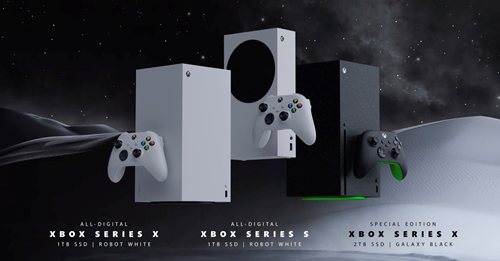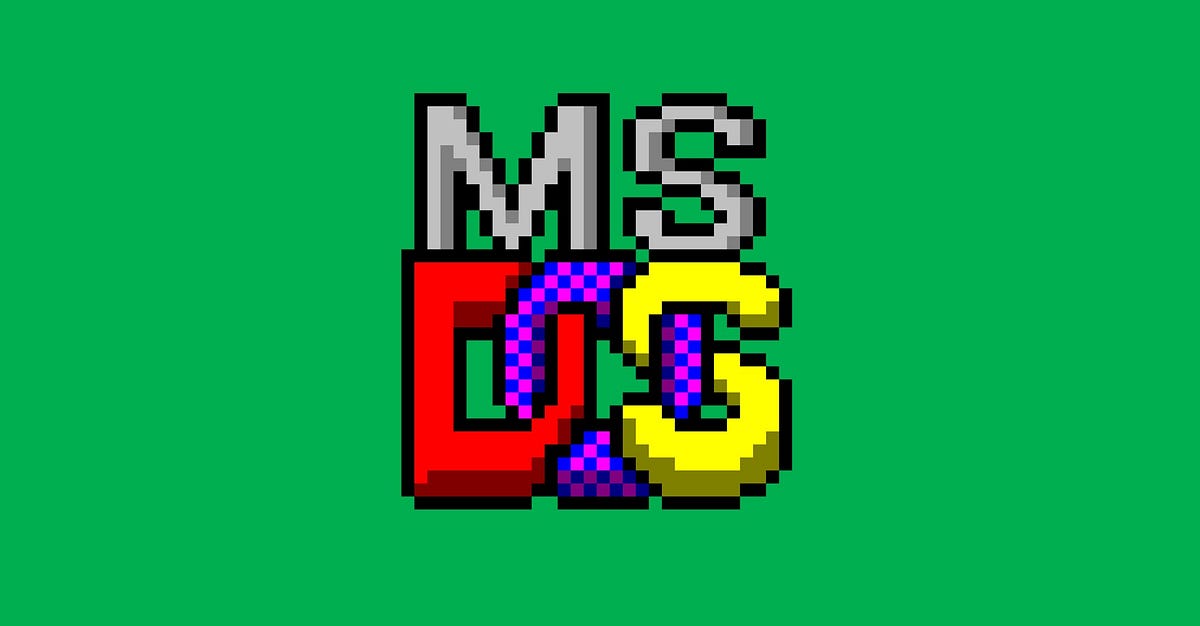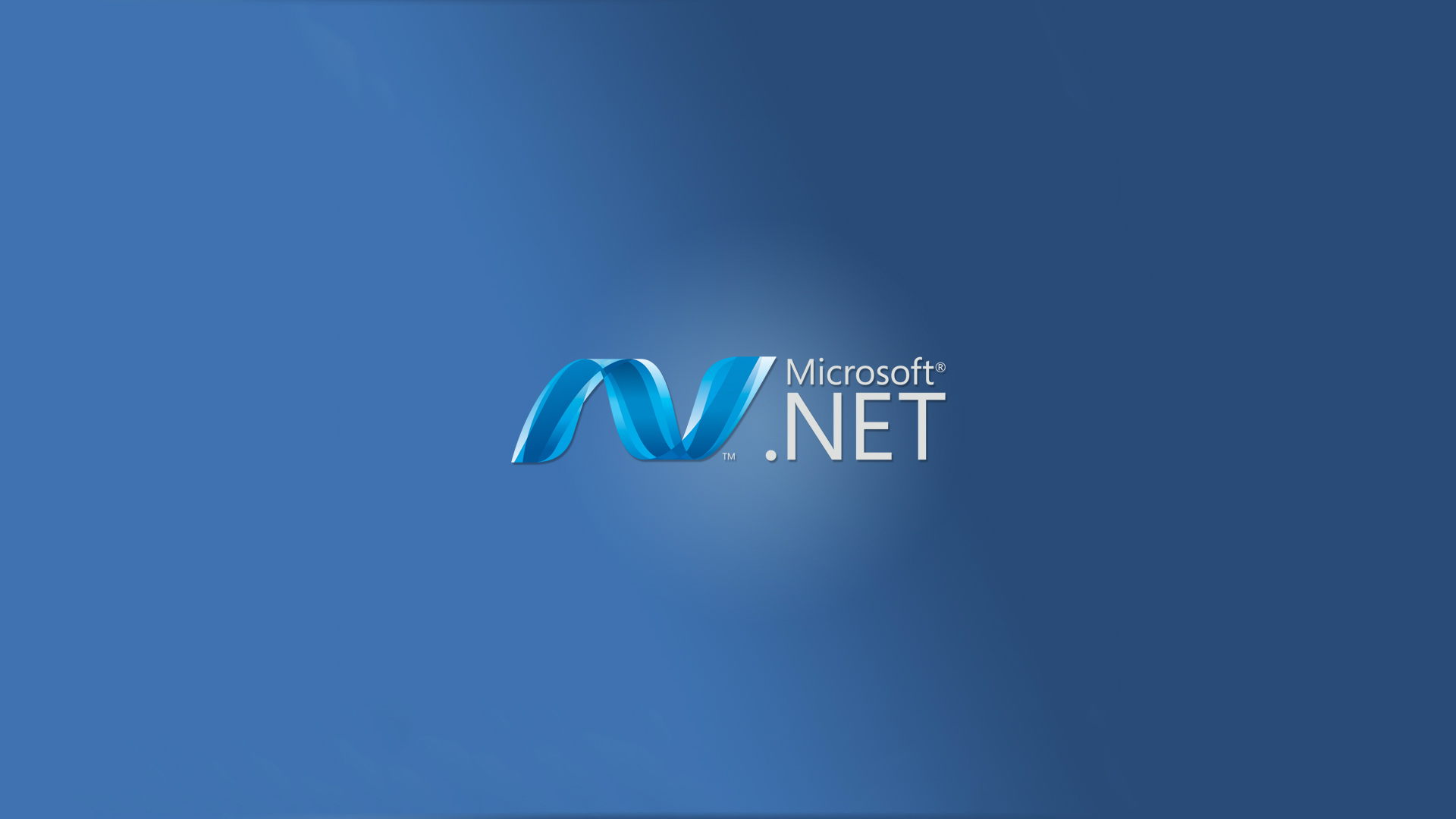The Windows Shell is essentially the Windows environment we all know and love. In layman’s terms, it gives us access to system elements and objects necessary for running applications, and houses features such as the Taskbar, Start Menu, Desktop and more. Currently, the Windows Shell is different depending on the version of Windows 10 you’re using. For example, Mobile is using a different Windows Shell than desktop; but Microsoft is working to change and streamline that.
Microsoft is building an "adaptive shell" into Windows 10 that’ll work across PCs and tablets, phones, HoloLens, and even Xbox. As it currently stands, the Windows Shell isn’t a true universal element of Windows, unlike the OneCore subsystem and Universal Windows Apps. PCs and tablets share the same shell thanks to Continuum, but Mobile, HoloLens and Xbox have their own individual shells that are updated and maintained separately.
Over the next few Windows 10 releases however, Microsoft will be bringing each of these device categories under one Windows Shell, making for a true universal Windows 10 experience no matter what device you’re using. Internally referred to as "Composable Shell" or "CSHELL", this new Windows Shell will be able to scale in real-time between all types of devices, similarly to how Continuum currently works between desktop mode and tablet mode, only this time it’ll scale across Xbox and Mobile as well.
For our more techy readers, the Composable Shell is essentially a shell modularized into sub-components. The system can transition between each component if it is required, making for a much more flexible experience on devices like 2-in-1’s or something that has multiple form-factors.




